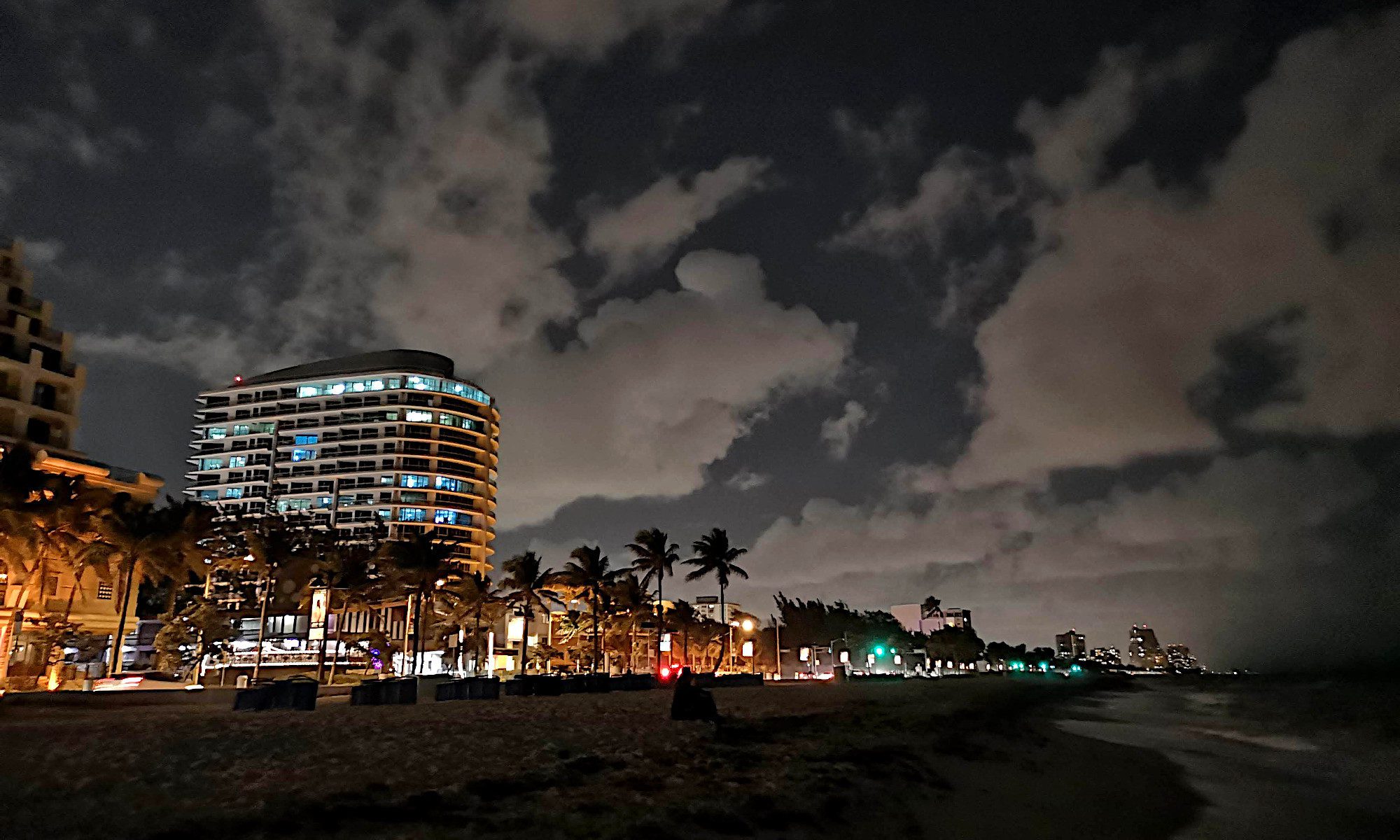
From Rick Reilly for the Washington Post: “His name is Tom Stuker, and he’s the biggest mistake United Airlines ever made. In 1990,United offered a lifetime pass for $290,000. Stuker jumped on it and has pretty much lived in seat 1B — his favorite — ever since. He once went 12 straight days without sleeping in a bed. Just kept jetting from Newark to San Francisco to Bangkok to Dubai and back again, the equivalent of four trips around the world, leaving the sky only for the airport lounge. Why? Duh. For the miles. Once you get them, you can sell them, trade them, win auctions with them. Stuker has lived like a sultan on United miles ever since — lavish hotel suites all over the world, weeks-long Crystal cruises, gourmet meals from Perth to Paris.”
A little-known local surfer beat out the world’s biggest surfing superstars

From Gabriella Paiella for GQ Sports: “How did a North Shore local named Luke Shepardson win the most prestigious big-wave competition on the planet, beating some of surfing’s brightest stars? Even on an ordinary day, surfing is imbued with the mystical, every wave hinging on chance and elemental collision—a storm in Japan will create a swell thousands of miles away in Hawaii. But the waves produced during the Eddie are perhaps the most sacred on earth. To be invited to ride them means being one of the 40 most-esteemed surfers in the world, as chosen by a committee of your peers. On the beach and along the cliffs that line Waimea Bay, some 50,000 spectators would soon squeeze together for a chance to see greatness, to witness ineffable bravery, and to take part in the grand human tradition of watching some guys (and a few women) do truly crazy shit.”
Note: This is a version of my personal newsletter, which I send out via Ghost, the open-source publishing platform. You can see other issues and sign up here.
He was the king of sports memorabilia, but he turned out to be more like Bernie Madoff

From David Davis for Defector: “John Rogers set himself apart from other dealers by amassing the largest privately owned collection of vintage photographs by purchasing the morgues of cash-strapped newspapers like the Denver Post and the Chicago Sun-Times, as well as the archives of the nation’s most acclaimed photographers, some living and some dead. Journalists flocked to North Little Rock to tour Rogers’s 24-hour, state-of-the-art scanning operation and to gape at the endless rows of floor-to-ceiling shelves that housed an estimated 45 million images. In December 2017, John Rogers confessed that he’d been lying for years—to investors, partners, collectors, the FBI, and his own family. He was sentenced to 12 years in prison and to pay restitution of more than $23.5 million.”
Go ahead, just try to explain what milk is

From Katherine Wu at The Atlantic: “No one can really describe what milk is—least of all the people who think most often about it. They can describe, mostly, who makes it: mammals (though arguably also some other animals that feed their young secretions from their throat or their skin). They can describe, mostly, where it comes from: mammary glands via, usually, nipples (though please note the existence of monotremes, which ooze milk into abdominal grooves). They can even describe, mostly, what milk does: nourish, protect, and exchange chemical signals with infants to support development and growth. But few of these answers get at what milk, materially, compositionally, is actually like.”
I archived a lifetime of my father’s experimental prose and poetry after he died

Paul Ford writes for Wired magazine: “Dad wrote opaque, elliptical, experimental works of enormous profanity. One of his plays was produced with fanfare in the 1970s, and many poems were published here and there, but most of the manuscripts were returned with polite rejections. He came of age, though, in an era of great writers writing greatly. You stuck to your guns and waited for people to figure you out, and if they didn’t, even after decades—their effing loss, buddy. The upshot was 70 years of writing on crumbling yellow onionskin, dot-matrix prints with the tractor feeds still attached, and bright white laser output, along with more than 10,000 ancient WordPerfect files and blog entries, including many repeats. Now all mine to archive.”
Nut harvesters in Papua New Guinea have their own unique language

From Dan Lewis: “Papua New Guinea is home to 8.9 million people but also to about 850 languages. The official language is Tok Pisin, and English is spoken widely as well, but in some rural areas, neither language is common. The people who live in the regions where pandanus trees are common often speak Kewa, something that only about 100,000 people speak. Unfortunately, as legend has it, the spirits and whatever else lurks in the pandanus forests speaks it as well. And that’s a problem if you’re on the hunt for pandanus nuts. To account for this, communities across Papua New Guinea have established a language of sorts that is only used when in the forests of the pandanus trees.”
Paul Ehrlich’s book The Population Bomb led to the sterilization of eight million Indians
via Alt Man Sam on Twitter:


@mathewi Does this go in the F*** Around and Find Out file for the airline?